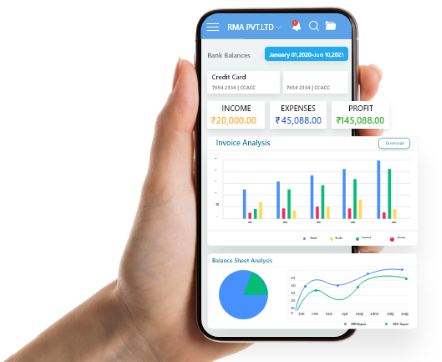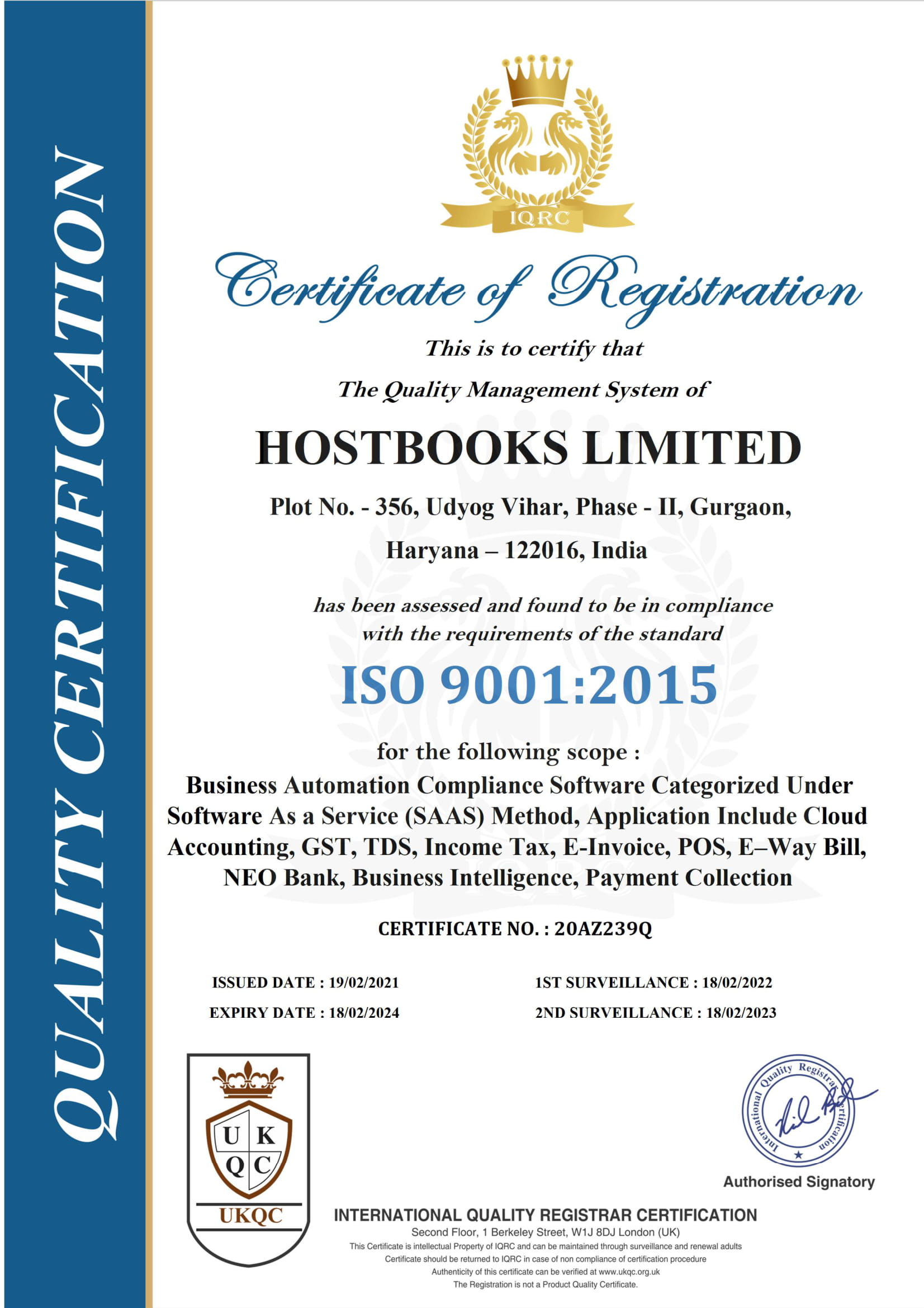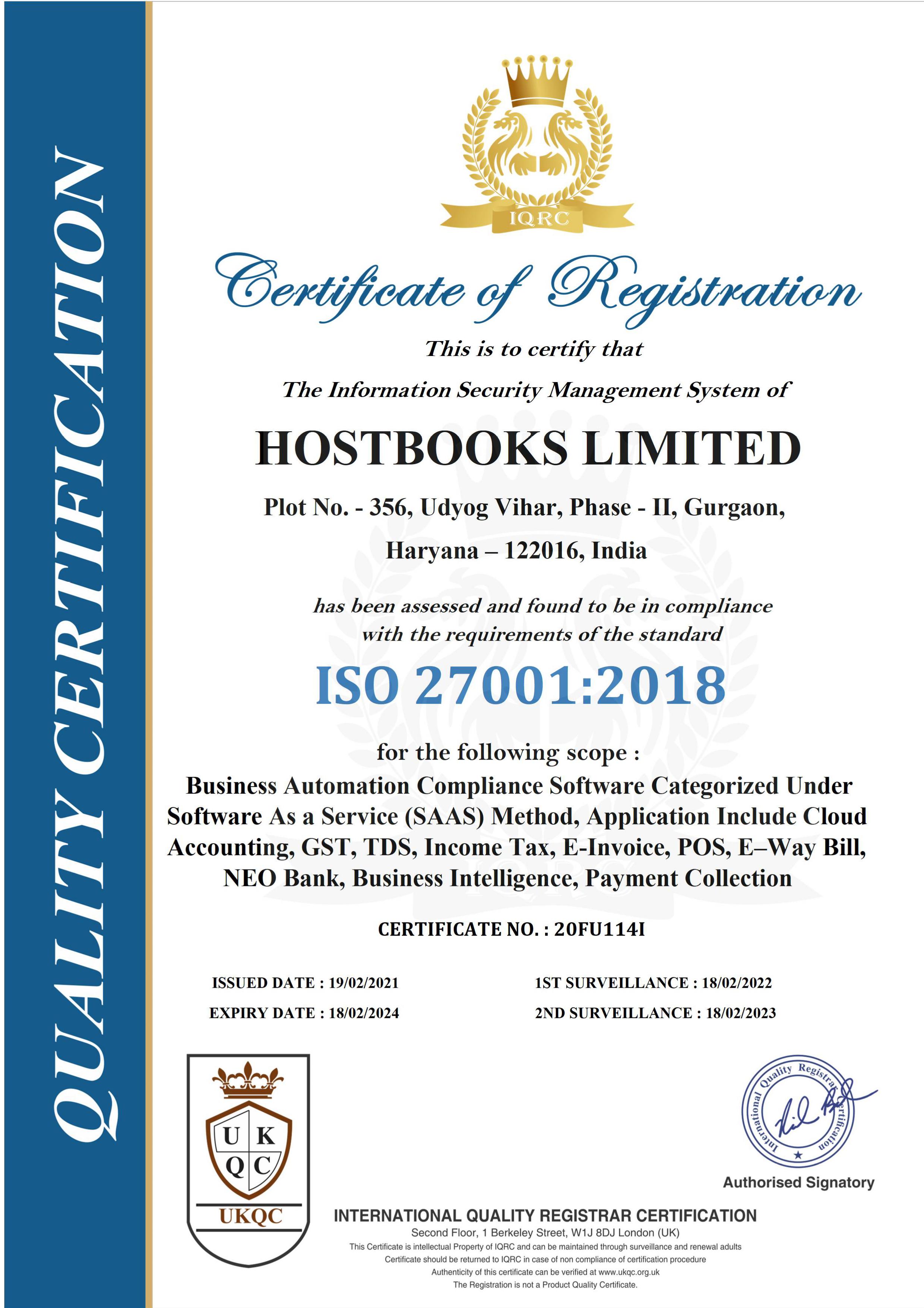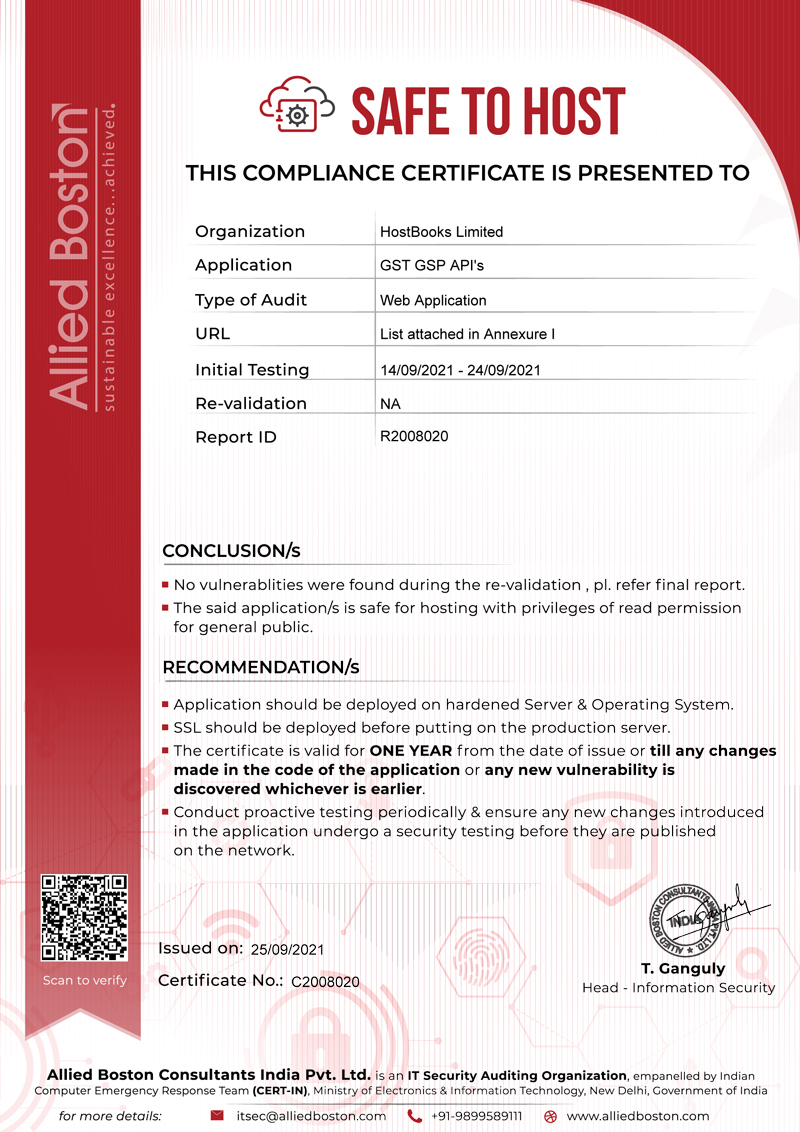Alternate Minimum Tax (AMT)
Alternate Minimum Tax (AMT) is applicable to all persons claiming profit-linked deductions, other than companies.
Introduction and Levy
The Finance Act, 2011 had introduced the concept of AMT in relation to LLPs and accordingly, the LLPs were subject to AMT @ 18.5% of adjusted total income. Though the concept of Alternate Minimum Tax (AMT) was similar to MAT in case of corporates, however, the tax base in the case of LLPs was the adjusted total income computed as per the Income-tax Act, 1961 and not the book profit computed after making the specified adjustments to the profit as per the profit and loss account prepared in accordance with Schedule VI to the Companies Act, 1956.
The Finance Act, 2012 extended the levy of AMT to certain persons other than companies, in order to widen the tax base vis-à-vis profit-linked deductions. Accordingly, any person other than a company, who has claimed deduction under any section (other than section 80P) included in Chapter VI-A under the heading “C – Deductions in respect of certain incomes” or under section 10AA would be subject to AMT. Investment-linked tax deduction claimed under section 35AD also falls within the scope of Alternate Minimum Tax.
AMT not applicable
The provisions of AMT would, however, not be applicable to an individual, HUF, AOP, BOI, whether incorporated or not, or artificial juridical person, if the adjusted total income of such person does not exceed ₹ 20 lakh.
Applicable AMT
Accordingly, where the regular income-tax payable by a person, other than a company, for a previous year computed as per the provisions of the Income-Tax Act, 1961 (other than Chapter XII-BA) is less than the AMT payable for such previous year, the adjusted total income shall be deemed to be the total income of the person. Such person shall be liable to pay income tax on the adjusted total income @ 18.5%.
“Adjusted total income” would mean the total income before giving effect to Chapter XII-BA as increased by the deductions claimed, if any, under –
(1) Chapter VI-A (except section 80P) under the heading “C – Deductions in respect of certain incomes”;
(2) Section 10AA; and
(3) 3.Section 35AD, as reduced by the depreciation allowable under section 32, as if no deduction under section 35AD was allowed in respect of the asset for which such deduction is claimed.
In other words, all these deductions shall be added back to the Income computed with normal provisions of the Income Tax Act.
Certified Report from CA
Such persons to whom this section applies should obtain a report in the prescribed form from a Chartered Accountant certifying that the adjusted total income and the AMT have been computed in accordance with the provisions of this Chapter. The report has to be furnished on or before the due date of filing of return under section 139(1).
Other Provisions of the Act, Applicable!
Section 115JE specifically provides that “save as otherwise provided in this Chapter, all other provisions of this Act shall apply to a person referred to in this Chapter”. Hence, all other provisions relating to self-assessment under section 140A, advance tax, interest under sections 234A, 234B and 234C, penalty etc. would also apply to a person who is subject to AMT.
Tax credit for AMT
AMT paid in excess of the regular income-tax payable under the provisions of the Income-tax Act, 1961 for the year would be eligible for credit to be carried forward and set-off against income-tax payable in the later year to the extent of excess of regular income-tax payable under the provisions of the Act over the AMT payable in that year. The balance tax credit, if any, shall be carried forward to the next year for set-off in that year in a similar manner.
Also, the amount of tax credit in respect of AMT shall not be allowed to be carried forward to the subsequent year to the extent such credit relates to the difference between the amount of foreign tax credit (FTC) allowed against AMT and FTC allowable against the regular tax payable by the assessee.
Few conditions for claiming AMT credit:-
- AMT credit can be carried forward for set-off up to a maximum period of 15 assessment years succeeding the assessment year in which the credit becomes allowable.
- No interest shall, however, be payable on such tax credit.
- If the amount of regular income tax or AMT is reduced or increased as a result of any order passed under the Income-tax Act, 1961, the amount of tax credit allowed under section 115JD would also vary accordingly.
Tax Credit allowable even if Adjusted Total Income does not exceed ₹ 20 lakh in the year of set-off
Even if the assessee has not claimed any deduction under section 10AA or section 35AD or Chapter VI-A in any previous year and the adjusted total income of that year does not exceed ₹ 20 lakh, it would still be entitled to set-off his brought forward AMT credit in that year.














